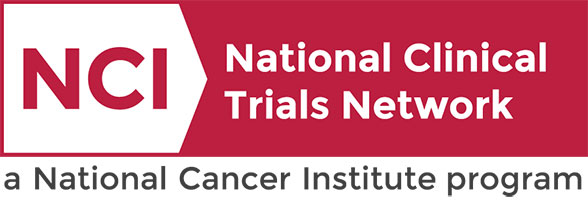Clinical Trials Search at Vanderbilt-Ingram Cancer Center
Phase I/II Trial in ES-SCLC to Enhance Response to Atezolizumab Plus Chemotherapy With Total Body Irradiation
Multiple Cancer Types
This phase I/II trial studies the side effects, safety, and effectiveness of low dose radiation to the entire body (total body irradiation \[TBI\]) and higher dose radiation to known areas of cancer (hypofractionated radiation therapy \[H-RT\]) combined with atezolizumab and chemotherapy (carboplatin \& etoposide) in treating patients with small cell lung cancer that has spread to disease sites outside of the lung (extensive stage). Extensive stage disease has historically been treated with chemotherapy alone with consideration of chest (thoracic) radiation therapy for those with response to chemotherapy, as well as consideration of preventative radiation therapy to the head (prophylactic cranial irradiation). Emerging evidence supports the synergistic interactions between immunotherapy and radiation therapy. Immunotherapy with monoclonal antibodies, such as atezolizumab, may help the body's immune system attack the cancer, and may interfere with the ability of tumor cells to grow and spread. Carboplatin is in a class of medications known as platinum-containing compounds. It works in a way similar to the anticancer drug cisplatin, but may be better tolerated than cisplatin. Carboplatin works by killing, stopping or slowing the growth of tumor cells. Etoposide is in a class of medications known as podophyllotoxin derivatives. It blocks a certain enzyme needed for cell division and DNA repair and may kill tumor cells. Combining TBI and H-RT with atezolizumab and chemotherapy may improve response to treatment.
Lung,
Small Cell
I/II
Osmundson, Evan
NCT06110572
VICCTHOP2206
Split Course Adaptive Radiation Therapy With Pembrolizumab With/Without Chemotherapy for Treating Stage IV Lung Cancer
Multiple Cancer Types
This phase I/II trial tests the safety and efficacy of split-course adaptive radiation therapy in combination with immunotherapy with or without chemotherapy for the treatment of patients with stage IV lung cancer or lung cancer that that has spread to nearby tissue or lymph nodes (locally advanced). Radiation therapy is a standard cancer treatment that uses high energy rays to kill cancer cells and shrink tumors. Split-course adaptive radiation therapy uses patient disease response to alter the intensity of the radiation therapy. Immunotherapy with monoclonal antibodies such as pembrolizumab, ipilimumab, cemiplimab, atezolizumab or nivolumab may help the body's immune system attack the cancer, and may interfere with the ability of tumor cells to grow and spread. Chemotherapy drugs like carboplatin, pemetrexed, and paclitaxel work in different ways to stop the growth of cancer cells, either by killing the cells, by stopping them from dividing, or by stopping them from spreading. Giving split-course adaptive radiation therapy with standard treatments like immunotherapy and chemotherapy may be more effective at treating stage IV or locally advanced lung cancer than giving them alone.
Lung,
Non Small Cell,
Phase I
I/II
Osmundson, Evan
NCT05501665
VICCTHOP2185
Image-Based, In-Vivo Assessment of Tumor Hypoxia to Guide Hypoxia-Driven Adaptive Radiation Therapy
Miscellaneous
Miscellaneous
This study will apply novel MRI approaches with established sensitivity to tissue oxygen consumption and perfusion to predict hypoxia-associated radiation resistance, manifested as tumor recurrence and progression post-treatment.
Miscellaneous
Early I
Osmundson, Evan
NCT05996432
VICC-EDMDT23195
Radiotherapy to Block Oligoprogression In Metastatic Non-Small-Cell Lung Cancer
Lung
Lung
This study is being done to answer the following question: Can the chance of lung cancer growing or spreading be lowered by adding targeted radiotherapy to the usual combination of drugs?
This study is being done to find out if this approach is better or worse than the usual approach for lung cancer. The usual approach is defined as the care most people get for non-small cell lung cancer.
This study is being done to find out if this approach is better or worse than the usual approach for lung cancer. The usual approach is defined as the care most people get for non-small cell lung cancer.
Lung
III
Osmundson, Evan
NCT06686771
NRGTHOCCTGBR38


